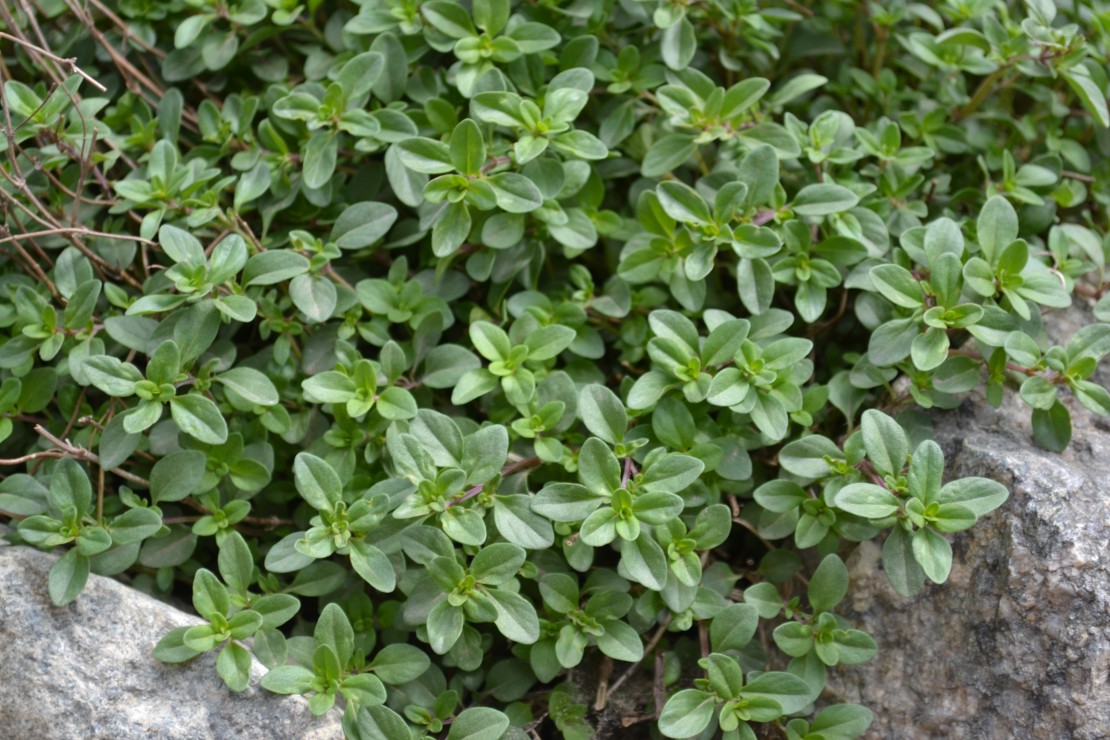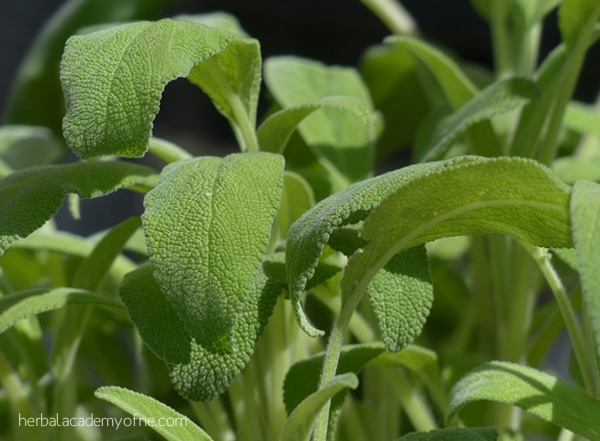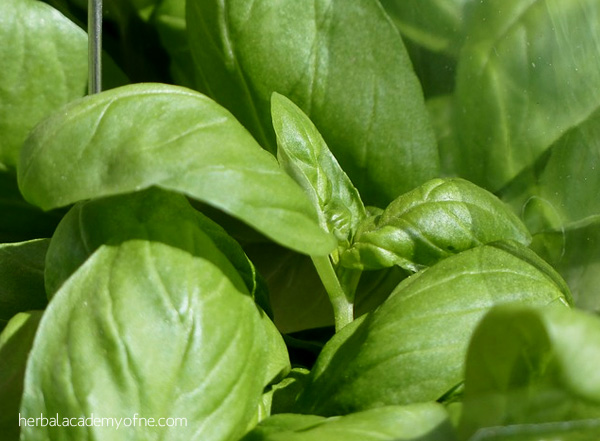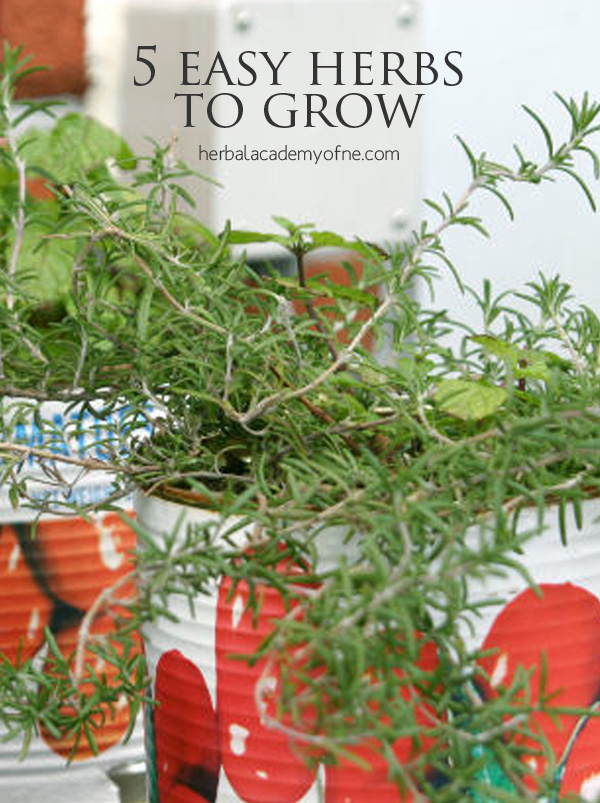
5 Easy Herbs to Grow
You may have decided that you would like to start your very own herbal garden this year, and have even had some ideas of where on your property (or in your home) it will go. But what sort of herbs should you grow in it? Starting a new garden can seem somewhat daunting, especially if we don’t have a lot of experience with growing cultivars. That’s why we are outlining some easy herbs to grow for the beginner gardener in this post.
Easy Herbs to Grow
Growing our own herbs can be an immensely satisfying experience. We’ve already explored how to grow them from seeds and even how to transition them from being indoor seedlings to outdoor plants. In this article, we’ll simply explore five herbs that are easy to grow and carry with them a beneficial variety of medicinal properties.
Thyme
Thyme can be used for a variety of ailments, particularly upper respiratory infections. Thyme has antimicrobial, antiviral, expectorant, anticatarrhal, and lung protective qualities and is often used to resolve ailments like the common cold and the flu.
Thyme is best grown in the full sun and in dry soil. If the soil is too moist, then the root system of the plant can begin to rot. It’s a low-growing plant, usually not even reaching one foot in height, and works well as ground cover among stones. And though it’s possible to be grown from seeds, thyme is often propagated by taking cuttings of existing plants.
Before clipping and harvesting thyme stems, let it grow for about a couple months or until it is well established.
Sage
Sage has warming properties that can dry out excessive mucus and also soothe inflammation in the mouth. It is antioxidant, astringent, anti-inflammatory, anti-microbial, and anti-catarrhal.

Similar to thyme, sage also thrives in a lot of sunlight and only needs to be watered when the soil has become dry. Typically, sage is most prosperous when watered primarily by rainfall. It can be grown from either seeds or from cuttings. Allow your sage plant to grow undisturbed for one year before harvesting its leaves. Leaves can be harvested individually.
Basil
Basil, ever the staple of Italian cooking and key pesto ingredient, also is used for medicinal purposes such as cleansing the blood and as an anti-inflammatory agent. But whether used for cooking or as a medicine, basil is a particularly easy herb to grow.
Be sure to give your basil plants plenty of sunlight, at least six hours a day. In contrast to thyme and sage, basil plants enjoy a bit of moisture, so be sure to water it every couple of days so as to keep the soil moist but not damp. It can be grown from either seeds or from cuttings, and you can learn more about growing basil here. Continually pinching off the tops will allow the plant to expand outwards instead of growing tall and going to seed.

Slugs adore basil, so to discourage them and other pests, you can either grow basil indoors on a windowsill or sprinkle a solid ring of cayenne pepper around the base of the plant to help drive away critters.
Rosemary
Rosemary is a fragrant plant that has antimicrobial, antiseptic, antiviral, antifungal, antibacterial, astringent, and many other properties. As a medicinal herb, it is used for treating colds and flus as well as other infections of the respiratory system.
Rosemary is typically grown from cuttings, given their difficulty in being grown from seeds. They also require about six to eight hours of sunlight. Rosemary plants in areas that experience wintertime freezing (in general, north of Virginia) should be grown in well-draining pots and moved indoors before temperatures fall below 30 degrees F. Inside, continue to expose the plant to six to eight hours of sun a day. Water potted rosemary so that the soil is moist under the top layer, but not too soggy.
To harvest, snip off stems as needed.
Peppermint
Peppermint is known for its cooling medicinal properties, and is often used for resolving indigestion, liver complaints, and various aches and pains located throughout the body.
Peppermint favors the shade, and propagates at such a great rate that it’s not only used for ground cover but is ideally best contained in a pot so as to not take over the garden and disrupt the growth of other plants.
Seeds can be sown in late spring or started inside eight to ten weeks before the final frost. Mints thrive in rich, moist, slightly acidic soils and are best planted about two feet away from each other. After the plant has established itself, stems can be snipped off at the top to encourage bushy growth.
What are you growing in your herb garden?
If you feel it’s finally time to begin growing your own herb garden, we would love to hear how it goes for you. Be sure to post your photos on our Facebook page or leave your comments below. Are you interested in learning more about herbs and how to use them for your health and wellness? Get started in our Online Intermediate Herbal Course!








